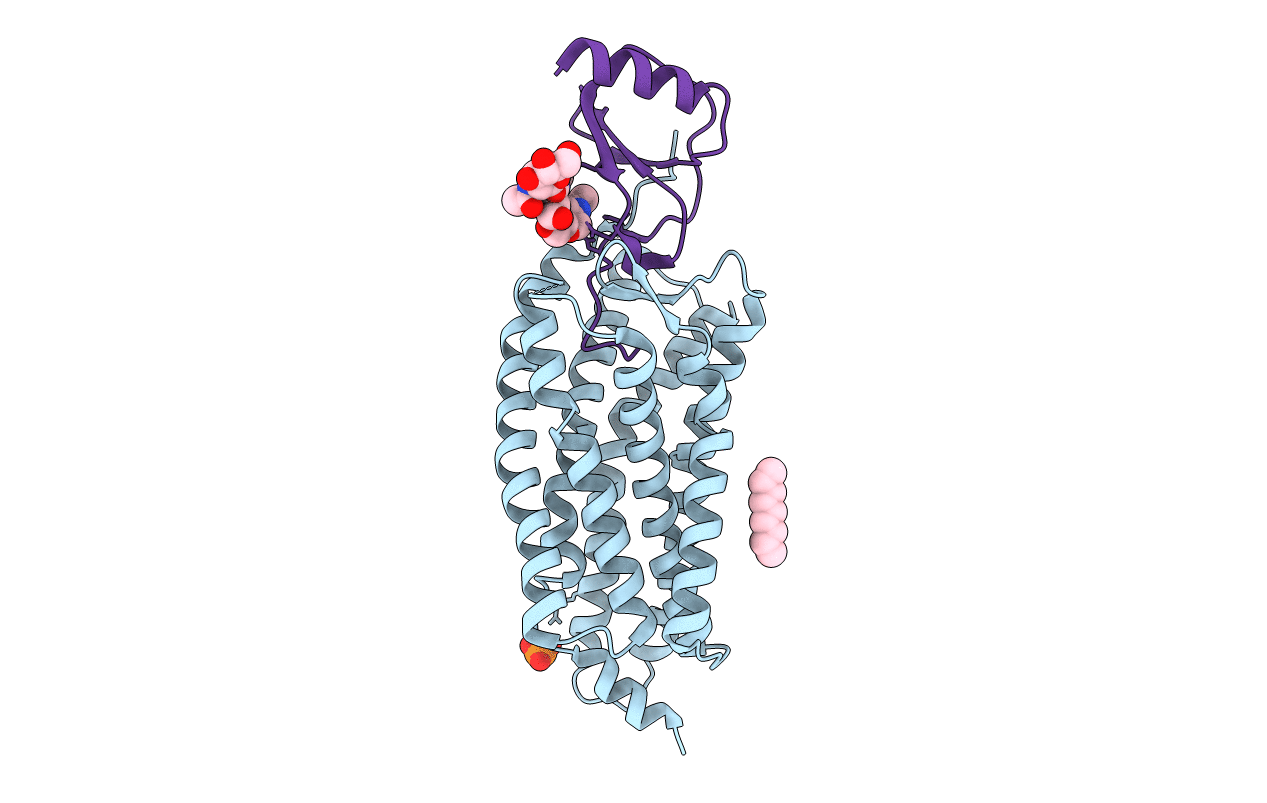
Deposition Date
2015-01-22
Release Date
2015-03-04
Last Version Date
2024-11-20
Entry Detail
PDB ID:
4XT3
Keywords:
Title:
Structure of a viral GPCR bound to human chemokine CX3CL1
Biological Source:
Source Organism:
Cytomegalovirus (Taxon ID: 10358)
Homo sapiens (Taxon ID: 9606)
Homo sapiens (Taxon ID: 9606)
Host Organism:
Method Details:
Experimental Method:
Resolution:
3.80 Å
R-Value Free:
0.32
R-Value Work:
0.28
R-Value Observed:
0.28
Space Group:
C 2 2 21


